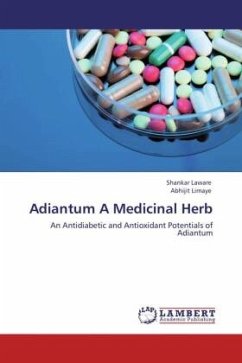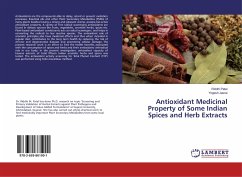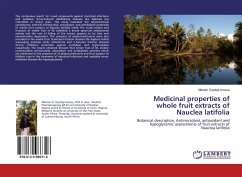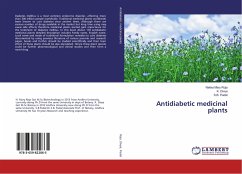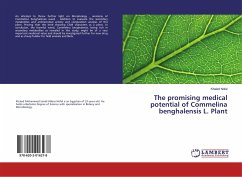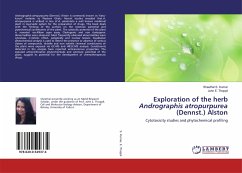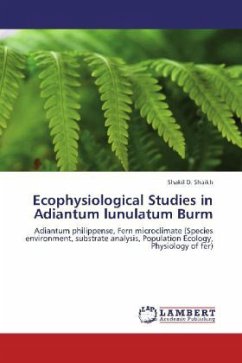Adiantum is well-known for its medicinal properties. It contains compounds like triterpenes, flavonoids, carotenes, and phenylpropanoides. Apart from that, chemical compounds like rutin, isoqercetin, quinic acid, and astragalin have been reported for their anticancer, antiviral, choleretic, antileukemic activities respectively. Its frond extracts and volatile compounds are known for their antimicrobial activity. It is used to treat urinary disorders, cough and cold, etc. In India, the plant is used for hypoglycemia diabetes, monitoring blood sugar level, cough and cold, bronchial diseases, skin diseases, fever etc. In this book the organic and inorganic constituents, antioxidants and antidiabetic properties of Adiantum have been elucidated. The dimeric protein 15.0 kDa and 15.5 kDa protein isolated from Adiantum was found to be more effective than Acarbose, a marketed tablet (Glucobay), so it can be used as an alternative drug for diabetic treatment. Among the species of Adiantum, A. aethiopicum L. has emerged as plant species containing effective human salivary amylase inhibitor and good amount of secondary metabolites with substantial radical scavenging activity.
Bitte wählen Sie Ihr Anliegen aus.
Rechnungen
Retourenschein anfordern
Bestellstatus
Storno

